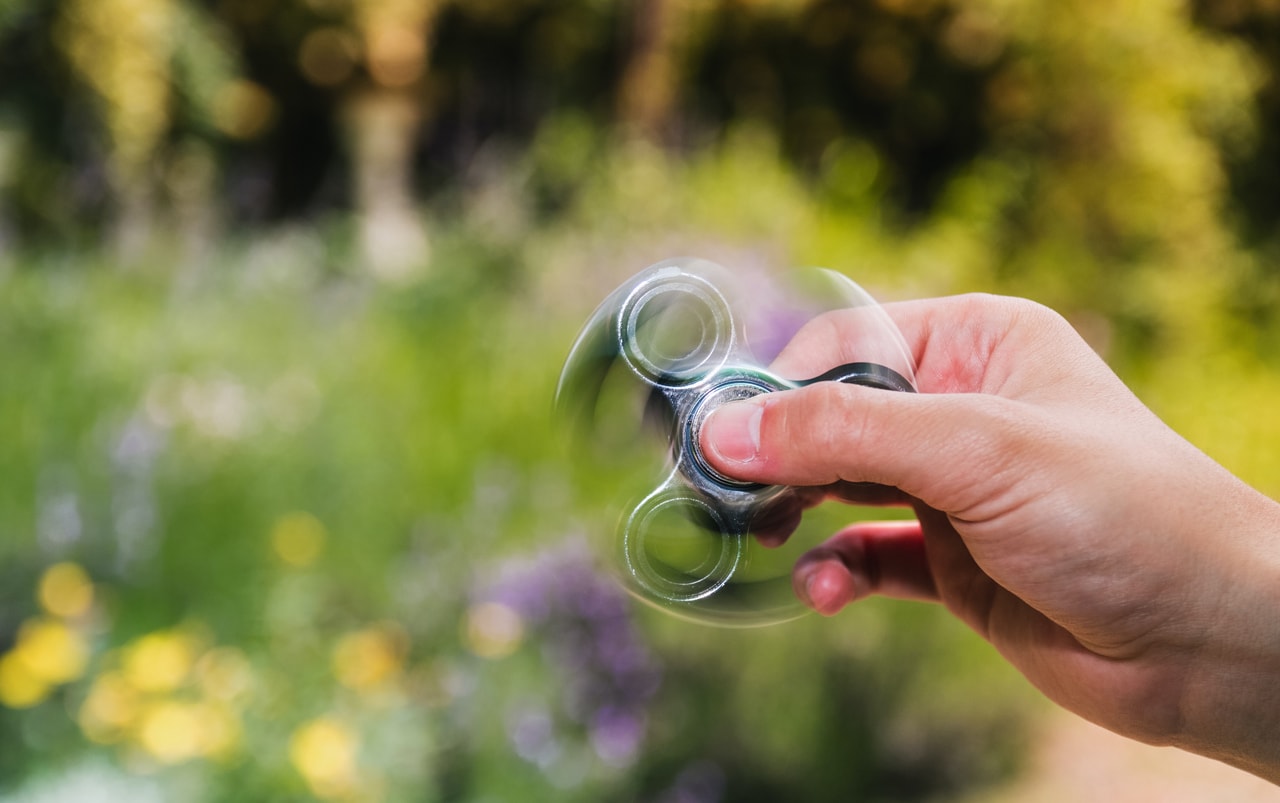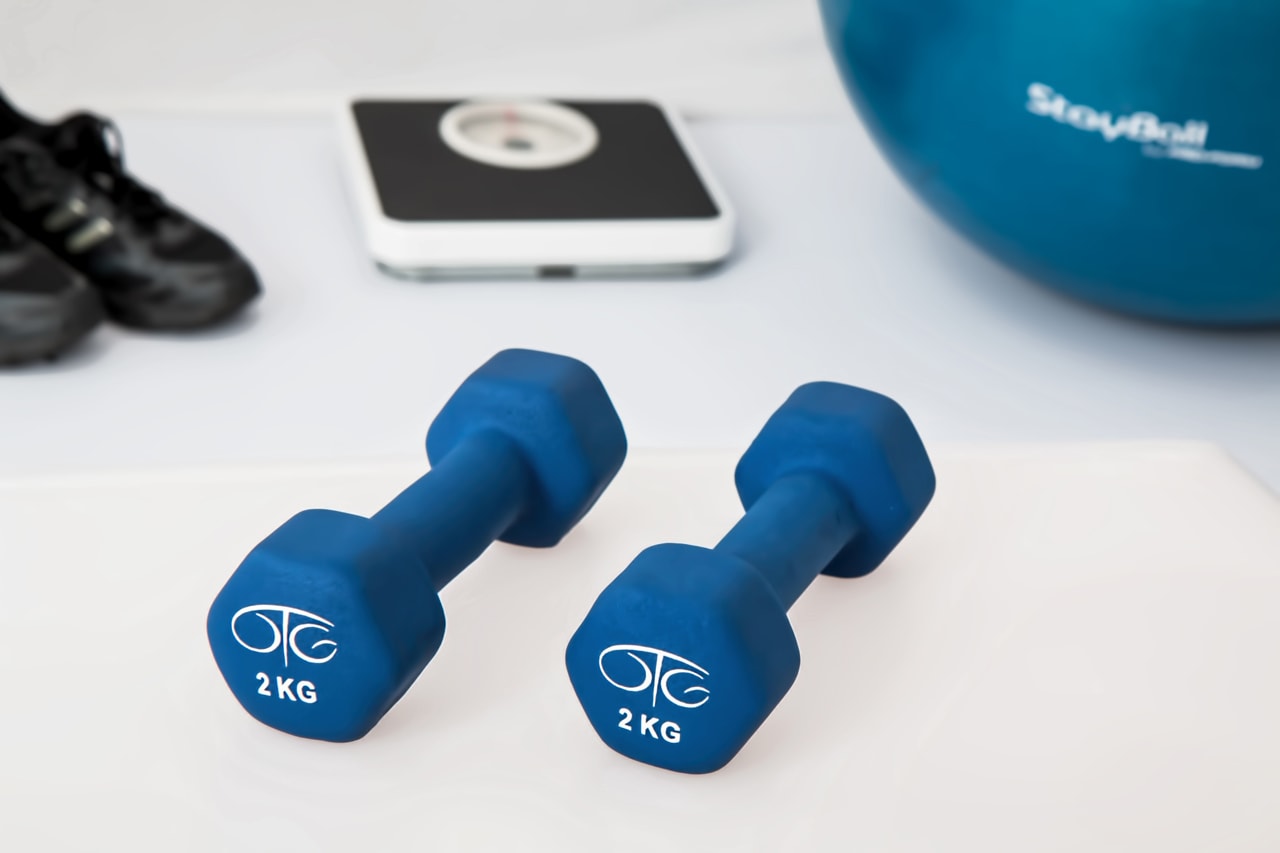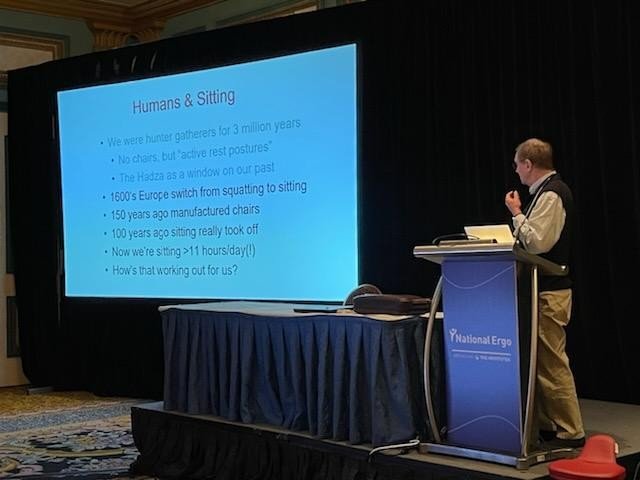The health benefits of fidgeting
Likely you know someone who is a natural-born fidgeter; you may be one of these souls yourself. If so, you’re in luck: while it’s not easy to be a fidgeter in a world of stayed, mature, non-fidgeting, adults, the health rewards of bravely fidgeting are considerable.
Most children are natural fidgeters of course; kids are squirmers, and movement mavens innately. But most kids age out of this phase, perhaps because adults are disquieted by so much movement and so command their kids to “Sit still!”. Or it may be that kids’ increasingly screen-based, passive, lives simply replace natural fidgeting with inert slumping, passively absorbing whatever is on offer from a handheld device.
Kids’ loss of the fidgeting habit is particularly unfortunate, because we now understand that all movement, even just fidgeting, is important for a healthy and long life. It turns out kids don’t just fidget to annoy their parents; they fidget because they understand that fidgeting is good for their health and essential for their development.
The harm done by long periods of passive sitting is well documented, most recently in a comprehensive 2022 research paper by Farrahi and colleagues1 who precisely tracked the physical activity of 4,000 people in Finland using accelerometers. They found that less sedentary time was associated with better cardiometabolic health markers, including adiposity markers and blood lipid, glucose, and insulin levels. And these improvements matter where it matters most: lifespan. In another paper, Gagger-Johnson and his co-authors followed almost 13,000 women for three years and found that self-identified fidgeters showed no increase in mortality despite sitting a good deal2; seemingly fidgeting protects against the metabolic consequences of passive sitting. And fidgeting provides other benefits. It can help with weight control3 as well as improve blood glucose levels4.
The mechanism by which fidgeting improves glucose control recently was closely examined in a paper by Hamilton and coworkers in a premier journal, Science. Amazingly, it seems even modest fidgeting of the soleus (calf) muscle (so called “soleus push-ups” SPU) has a surprising ability to improve glucose and lipid regulation at a level far out of proportion to the actual calories burned by this muscle5. There may be other muscles that are important in amplifying the benefits of fidgeting; we just don’t know yet.
Fidgeting has also been shown to help improve concentration for those with ADHD, and possibly for all of us. Finally, a recent paper found that endothelial dysfunction is prevented6 by fidgeting even in young healthy subjects, a change that will help prevent arterial disease (atherosclerosis) that typically occurs much later in life. It’s long been understood that atherosclerosis was associated with smoking and with diabetes, but the role of “failure to fidget” as a contributor is a new and somewhat surprising discovery.
While fidgeting seems to be an unalloyed good, unfortunately, most adults are non-fidgeters and aren’t likely to become fidgeters. Is there hope for these unlucky souls?
Perhaps. Fidget spinners fail to increase movement sufficiently to make much of a difference in metabolic health, but whole-body fidgeting produces a much bigger metabolic change. And it turns out that making one’s chair just a bit unstable to sit on requires constant “fidgeting” on the part of the sitter to keep from falling off. There are now a few alternatives to standard “ergonomic” office chairs that take advantage of this slightly unstable design to encourage, even require, subtle continuous movement. Almost unnoticed such chair-induced activity increases metabolic rate by as much as 20% to 30%7, an increase similar to that due to natural fidgeting, and so likely at a level that will produce the same health benefits as fidgeting.
So, can changing up your chair provide the advantages that come with being a natural-born fidgeter? No study has yet been done, but an active chair can certainly facilitate fidgeting. At the very least an active chair certainly gives people permission to get back to their kid space allowing them to squirm and even wiggle bit while sitting: Just tell them: “It’s not me, it’s my chair.”
2Sitting Time, Fidgeting, and All-Cause Mortality in the UK Women's Cohort Study
3Role of Nonexercise Activity Thermogenesis in Resistance to Fat Gain in Humans
4Leg Fidgeting During Prolonged Sitting Improves Postprandial Glycemic Control in People with Obesity
6Prolonged sitting-induced leg endothelial dysfunction is prevented by fidgeting
7Cardiovascular and metabolic responses of active sitting while performing work-related tasks





Leave a comment
All comments are moderated before being published.
This site is protected by reCAPTCHA and the Google Privacy Policy and Terms of Service apply.